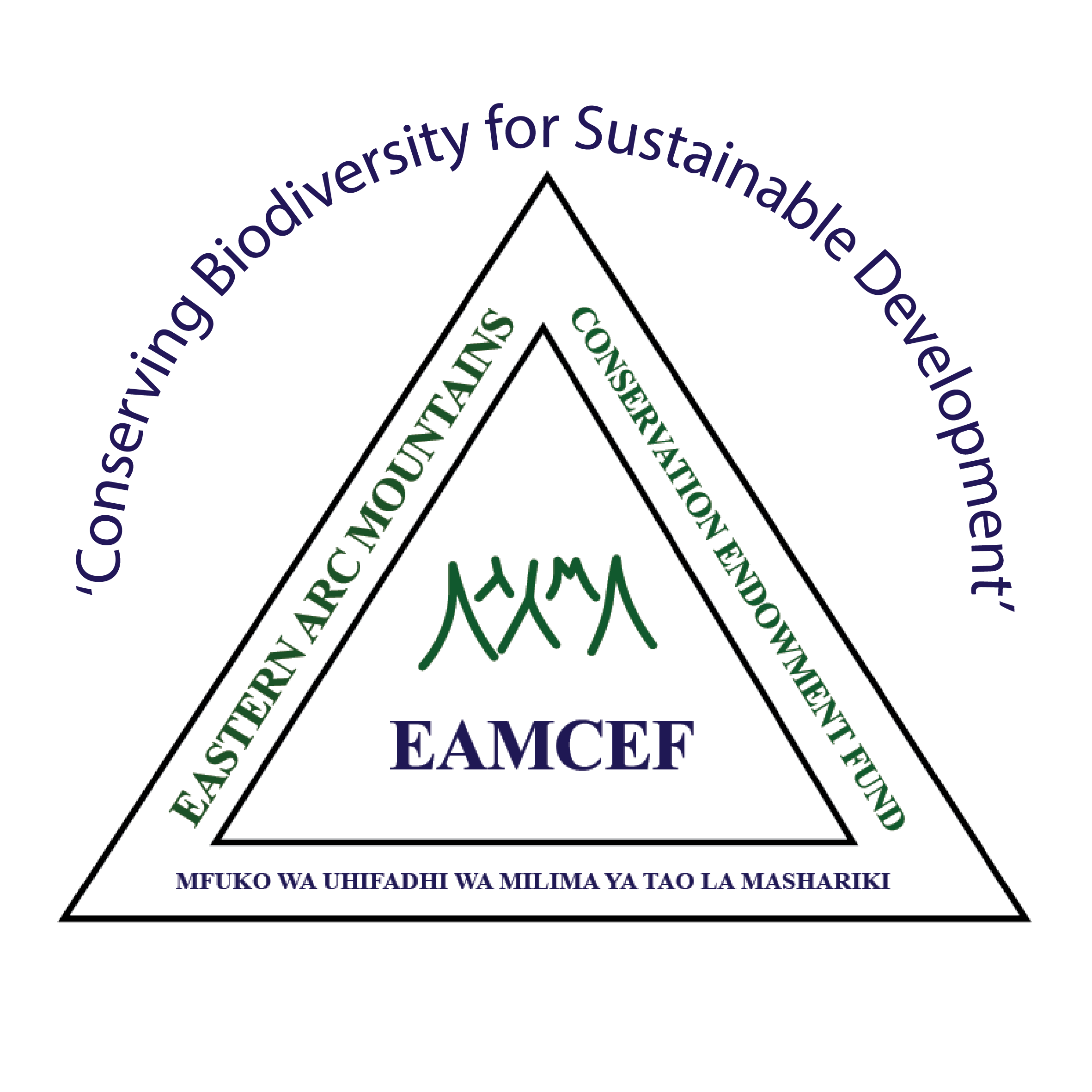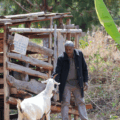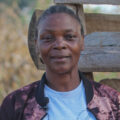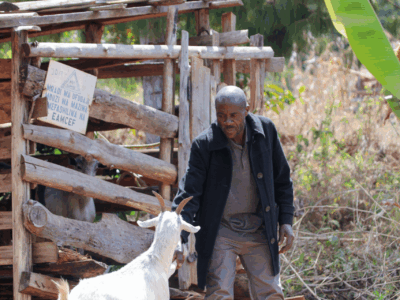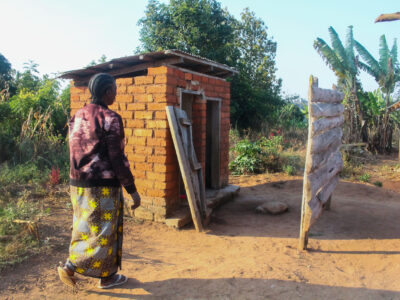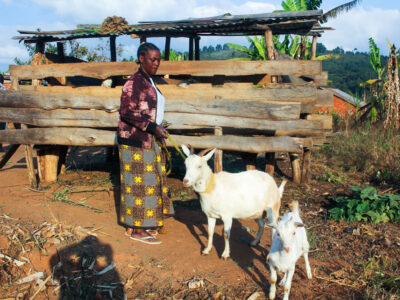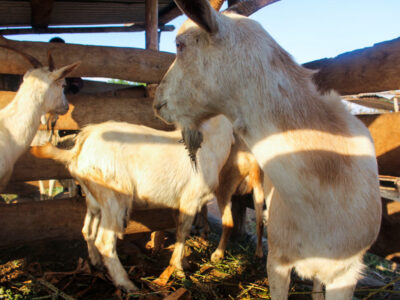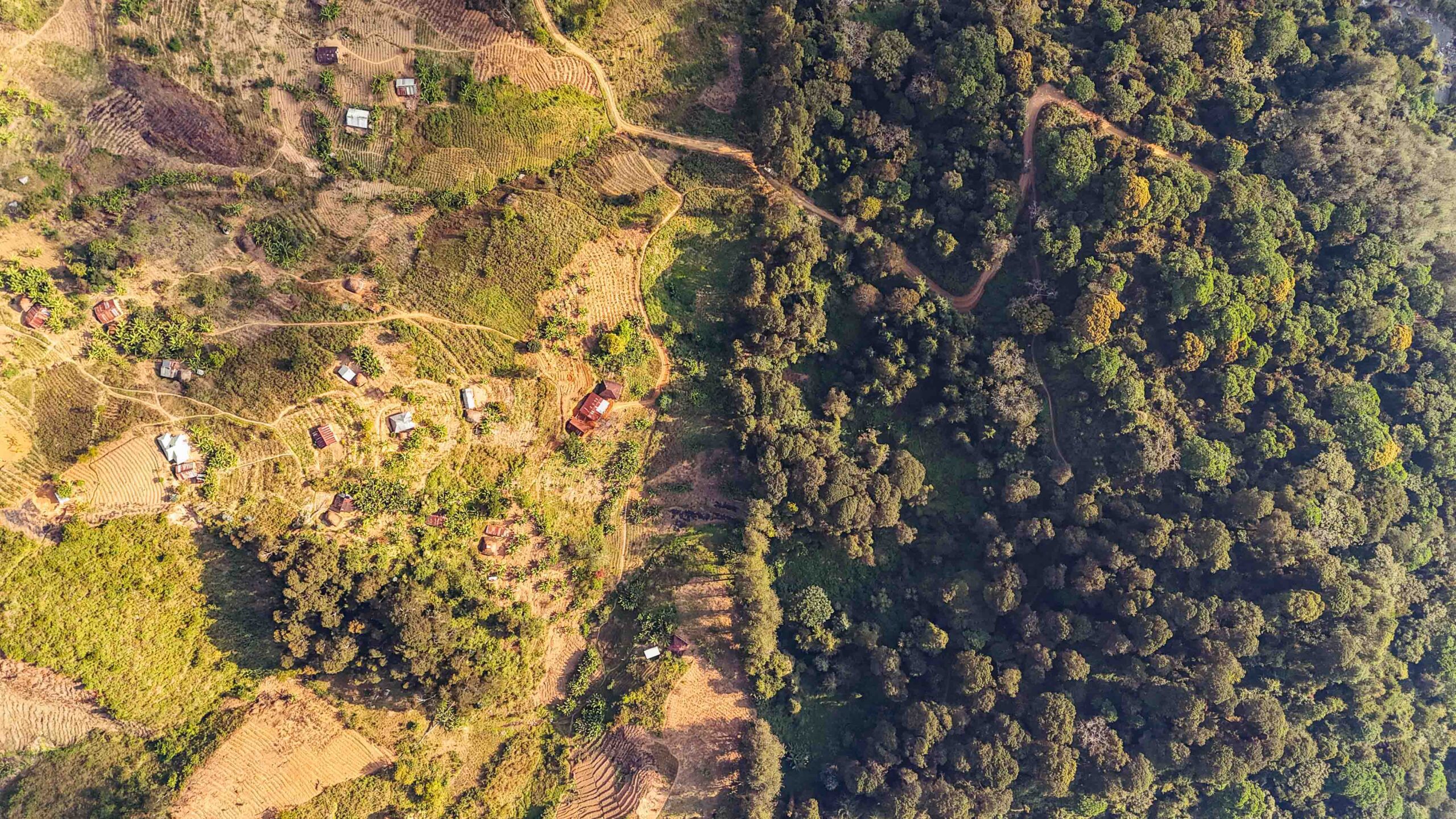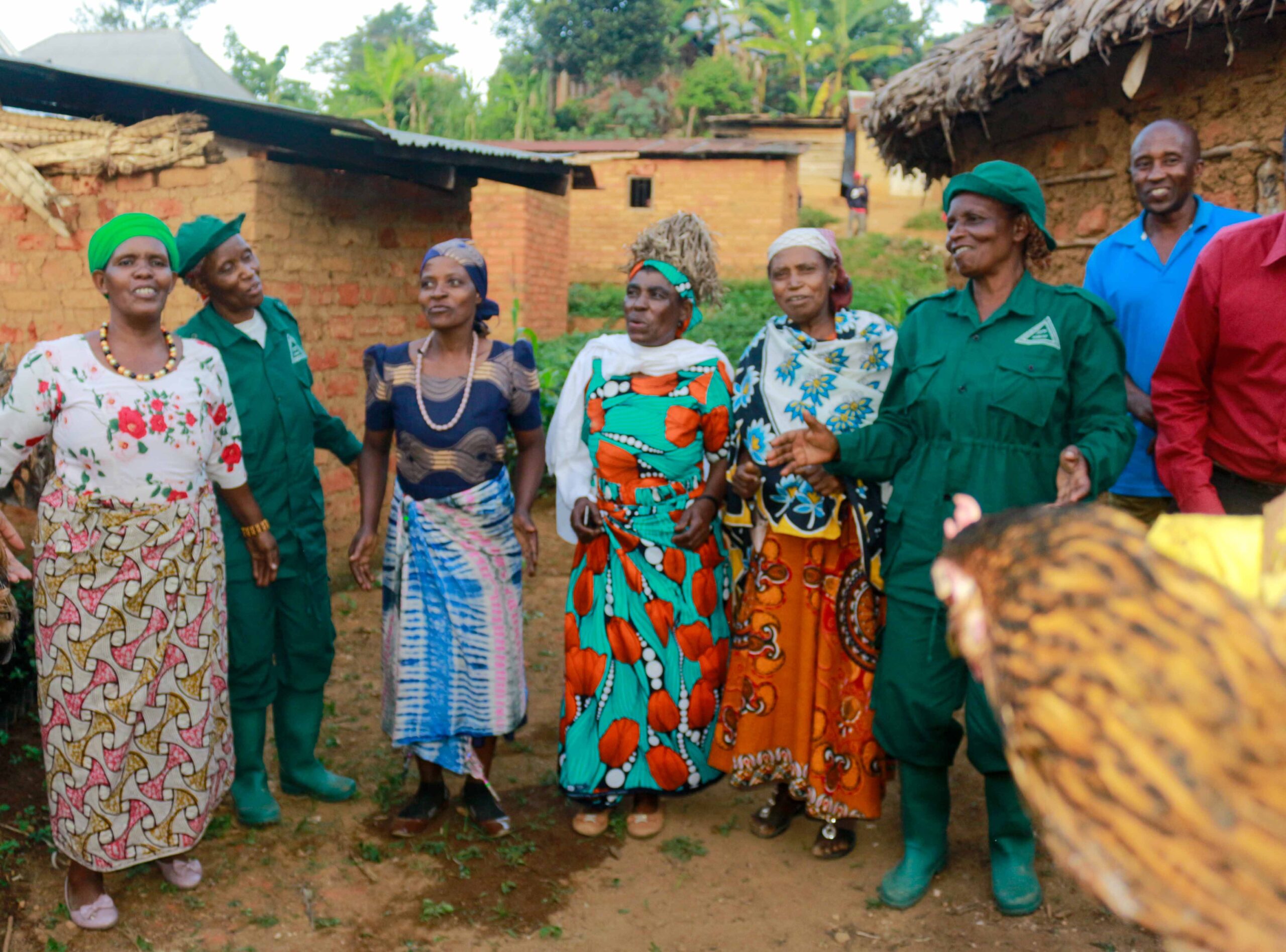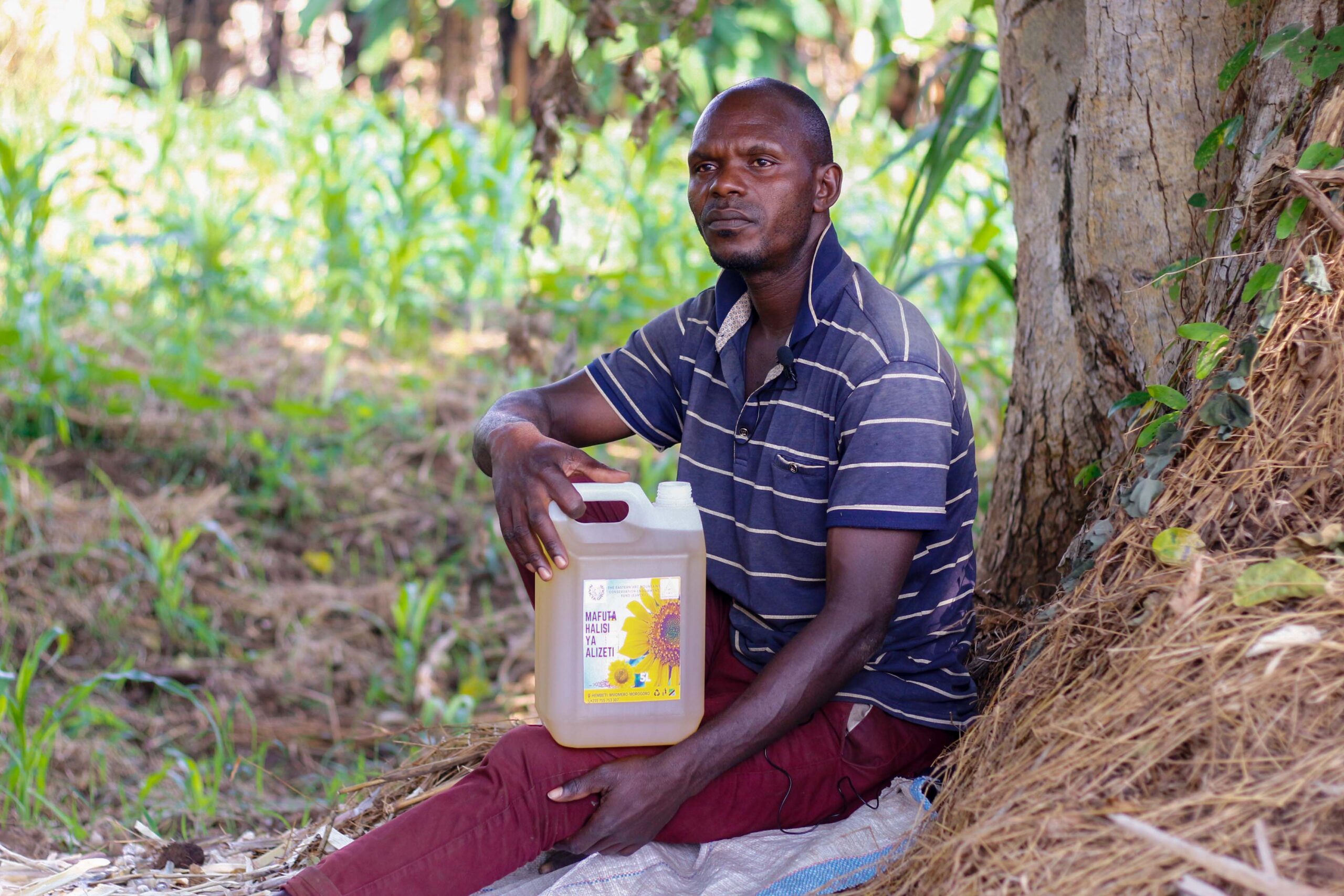Ecotourism infrastructure in the Eastern Arc Mountains has been significantly improved thanks to the efforts…
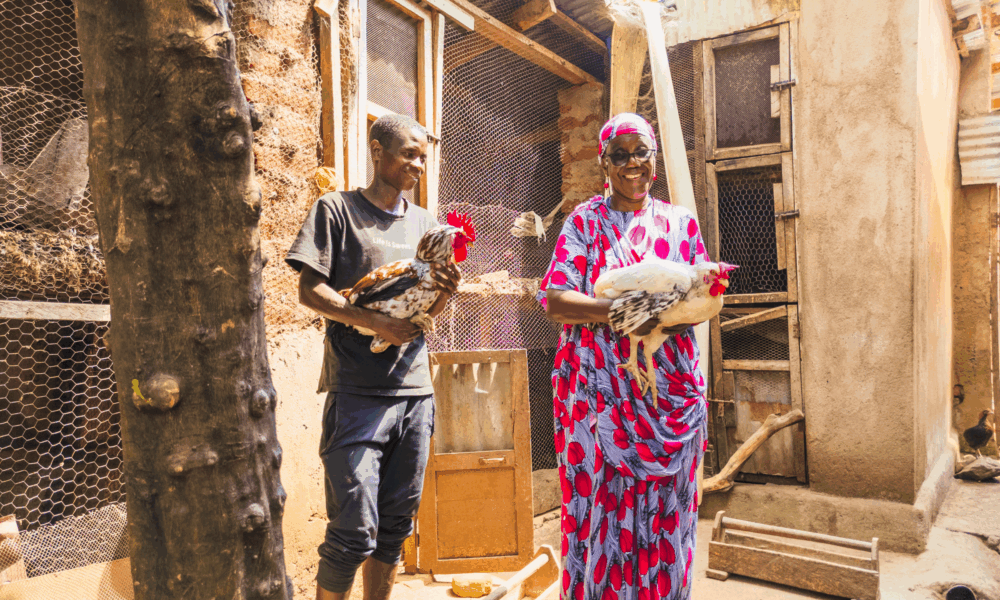
Goat farming has transformed lives and protected nature in Lulindi village, Ukwega ward, thanks to the support of the Eastern Arc Mountains Conservation Endowment Fund (EAMCEF). In 2017, EAMCEF provided 12 goats (10 females and 2 males) to a group of 10 villagers (4 male, 6 female) to launch a goat farming initiative aimed at reducing destructive human activities in the nearby Uzungwa Scarp Nature Forest Reserve. This sustainable alternative was designed to provide families with meat, milk, and manure, reducing their dependence on forest resources.
As goat farming progressed, the goats multiplied and the group grew—from 10 to 32 members within five years. The goat population rose to 90, producing an average of 60.8 liters of milk per day. Most of this milk nourished the families of the group members, with surplus quantities sold to fund group activities. The success of the project not only ensured food security but also inspired others to join and benefit from this sustainable initiative.
Beyond milk and meat, goat farming brought an unexpected bonus: manure. For many group members, this was the first time they had reliable access to organic fertilizer. The manure was used in vegetable gardens, bean fields, and banana farms, leading to increased crop yields and better food security in the community.
One standout story is that of Erasto Ibrahim Mlengela, a farmer in the group. After selling a young male goat for TZS 70,000, he started a beekeeping venture—building 10 beehives from the proceeds. His first honey harvest yielded 60 liters, and selling it earned him TZS 600,000. His success sparked enthusiasm among other members, many of whom explored their own ventures, from farming to small businesses—all made possible by the foundational impact of goat farming.
As incomes rose and opportunities grew, fewer villagers needed to exploit the Uzungwa Scarp Nature Forest Reserve. EAMCEF’s vision of conservation through community empowerment was realized. Goat farming became more than just a livelihood—it became a gateway to environmental protection, community development, and personal ambition. The goats thrived, and so did the dreams of those who raised them.
